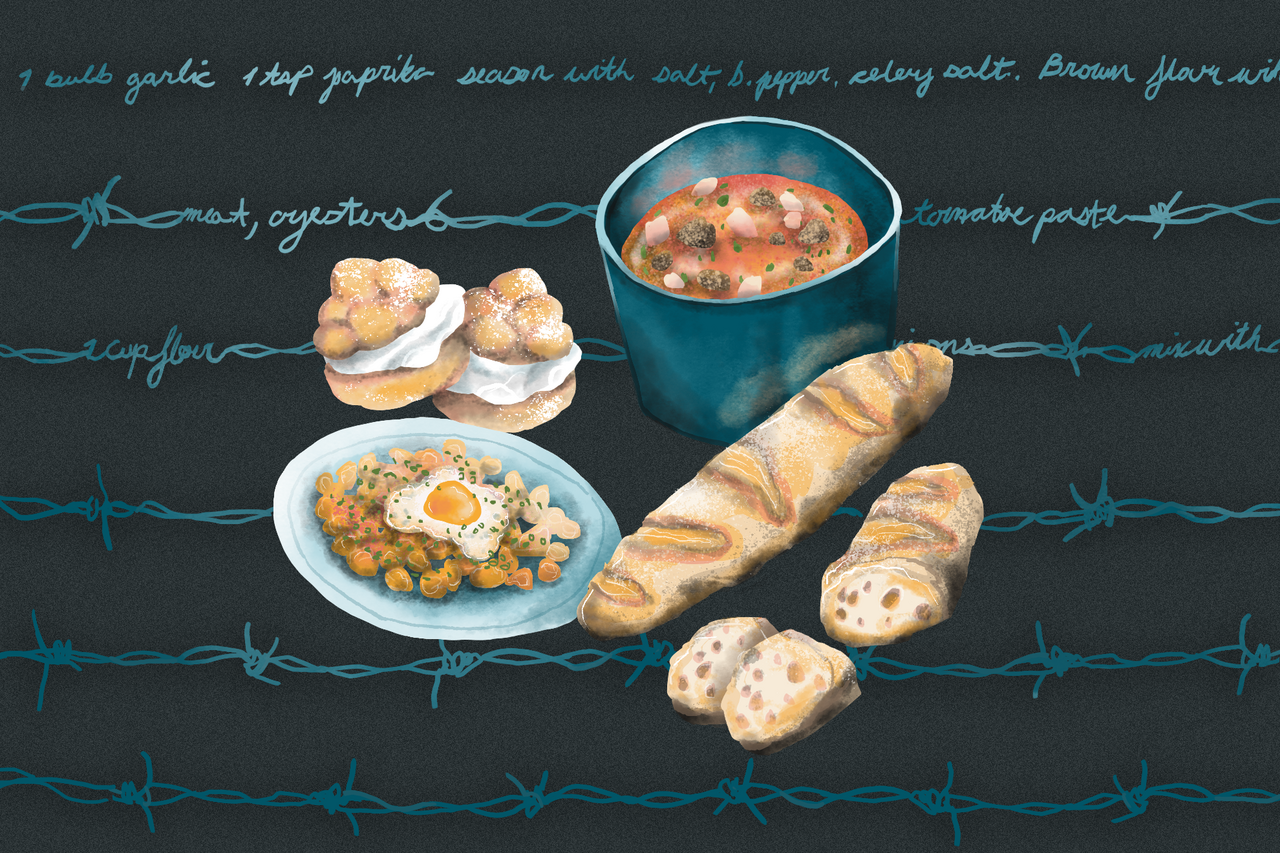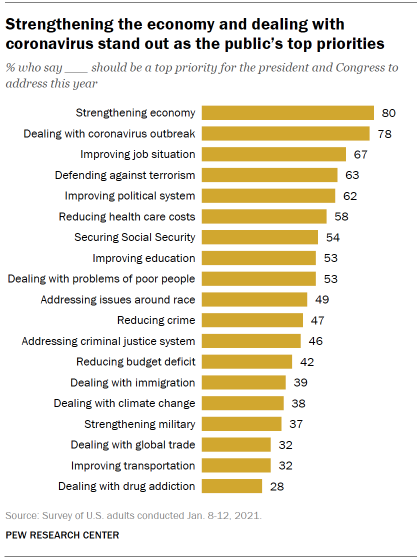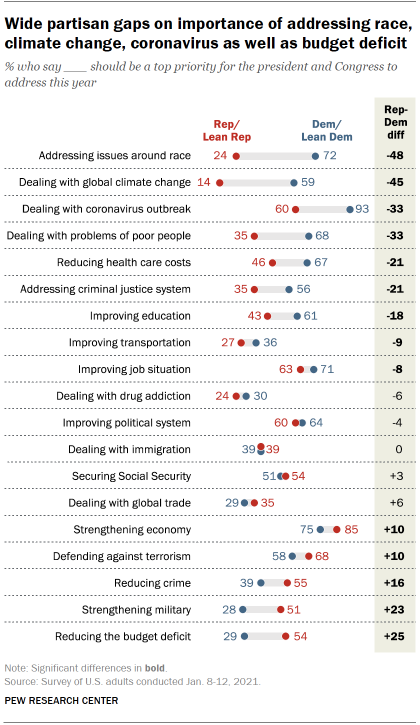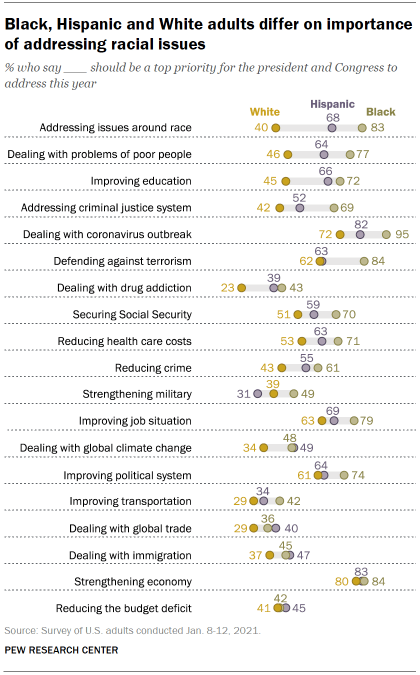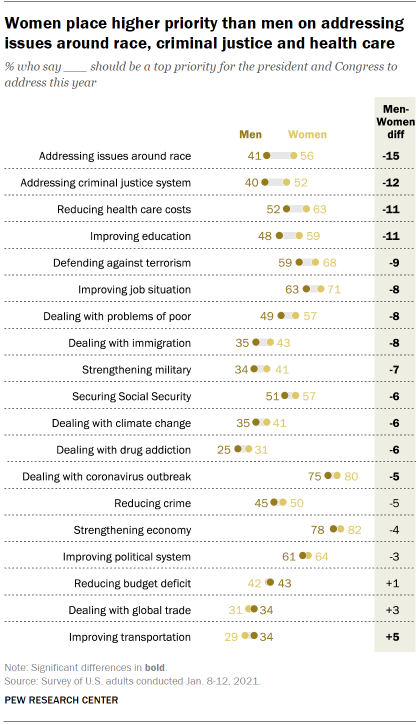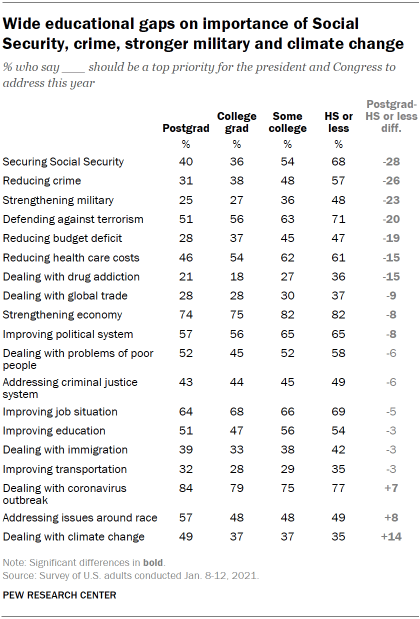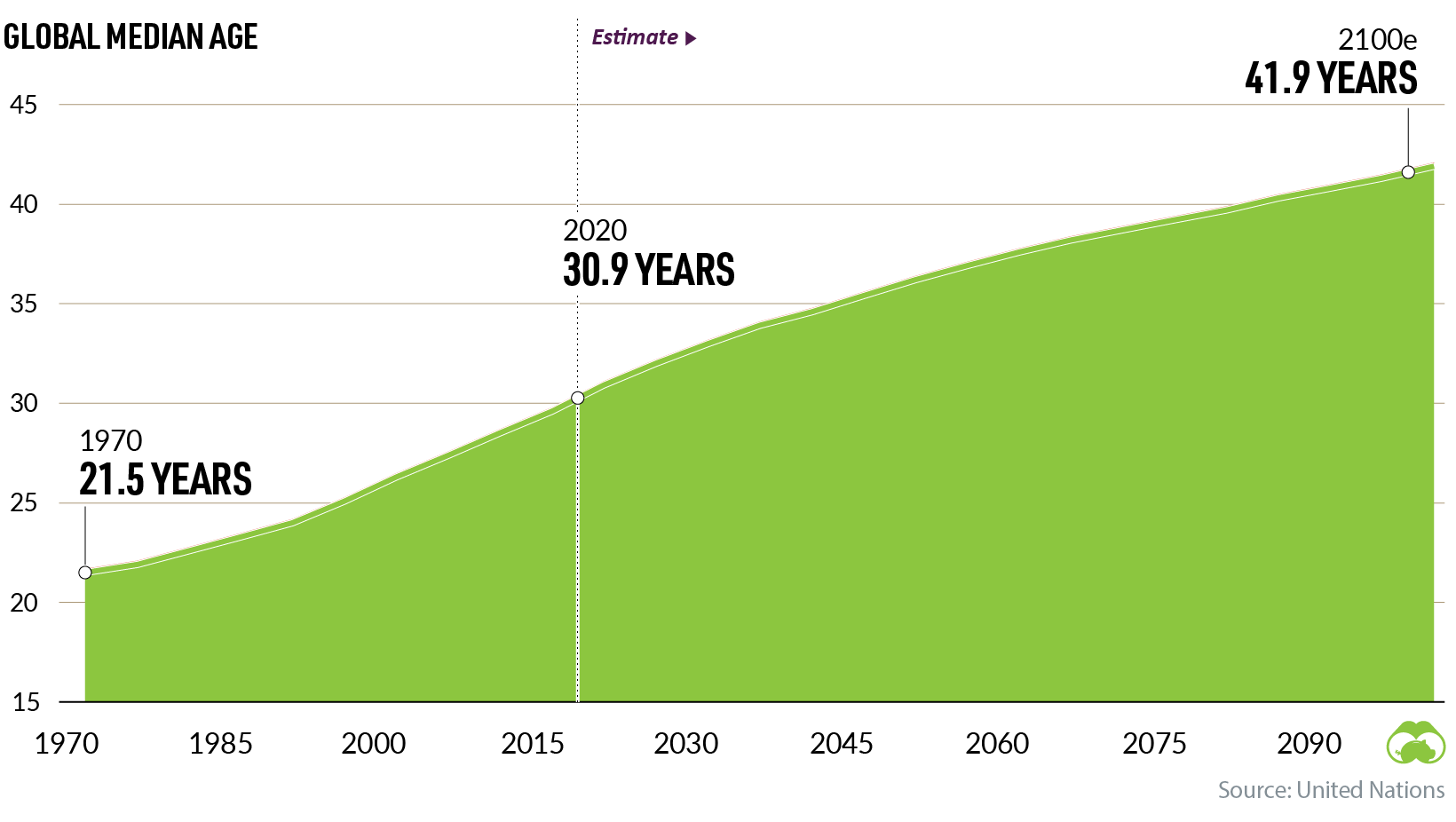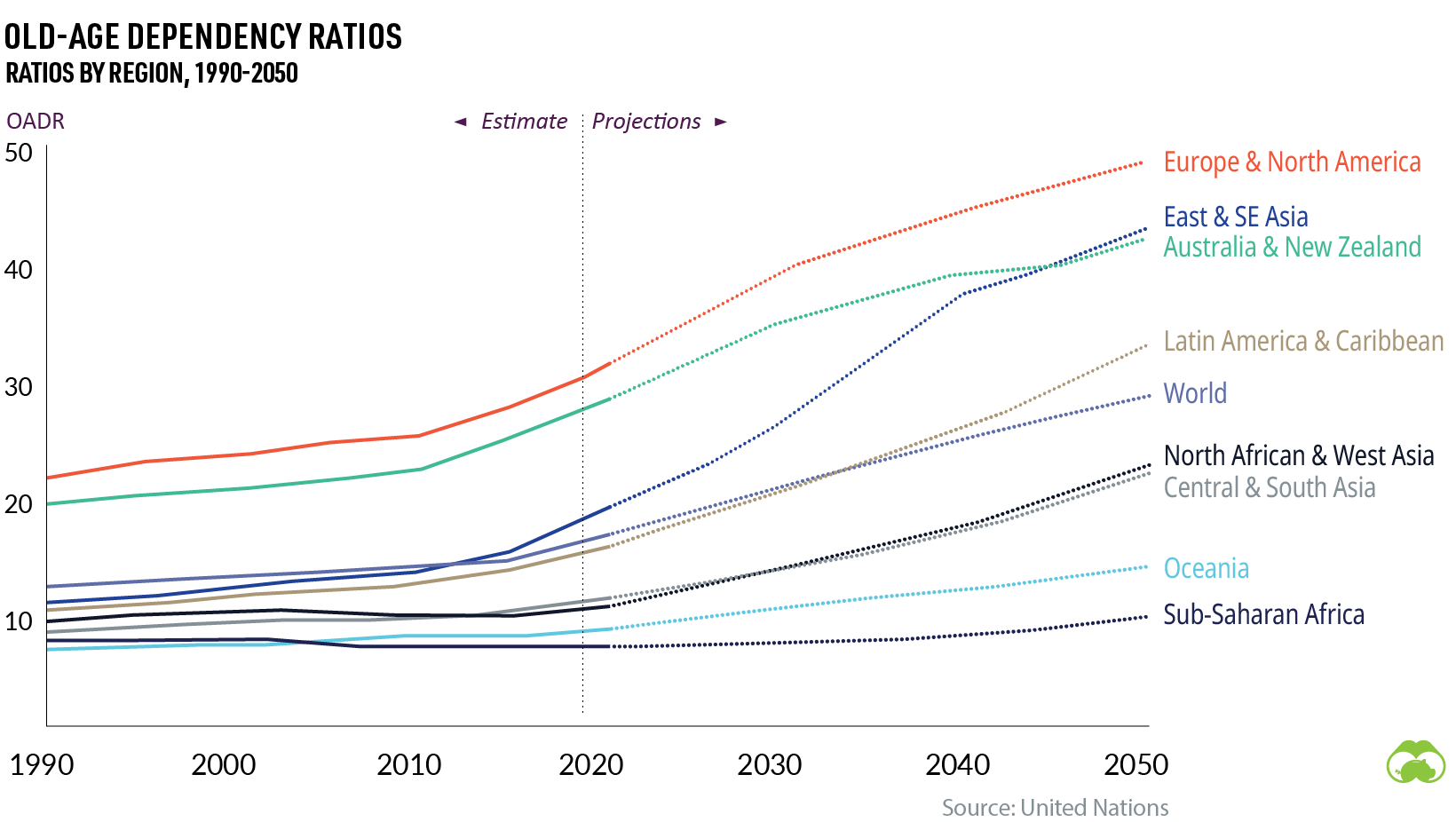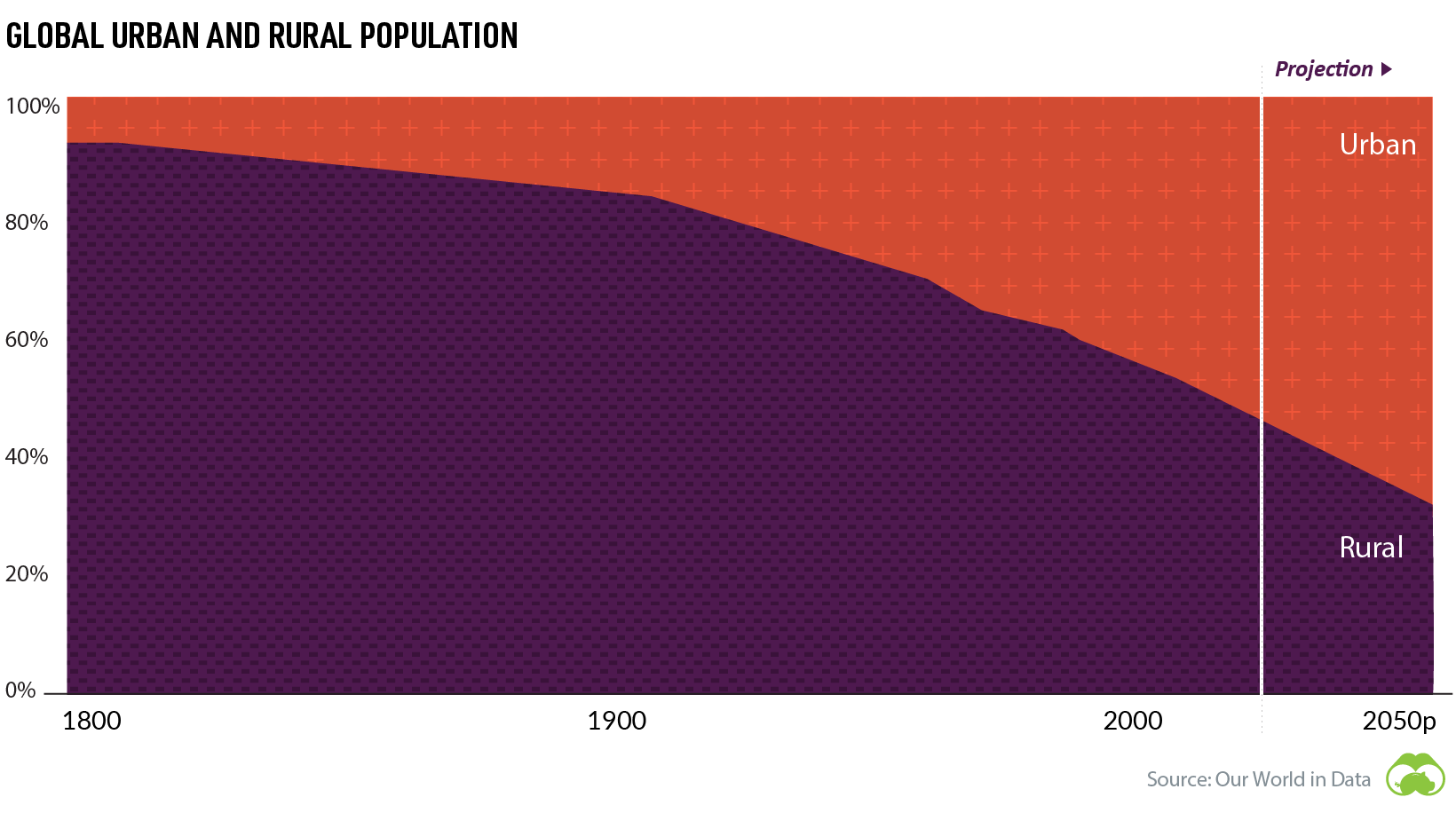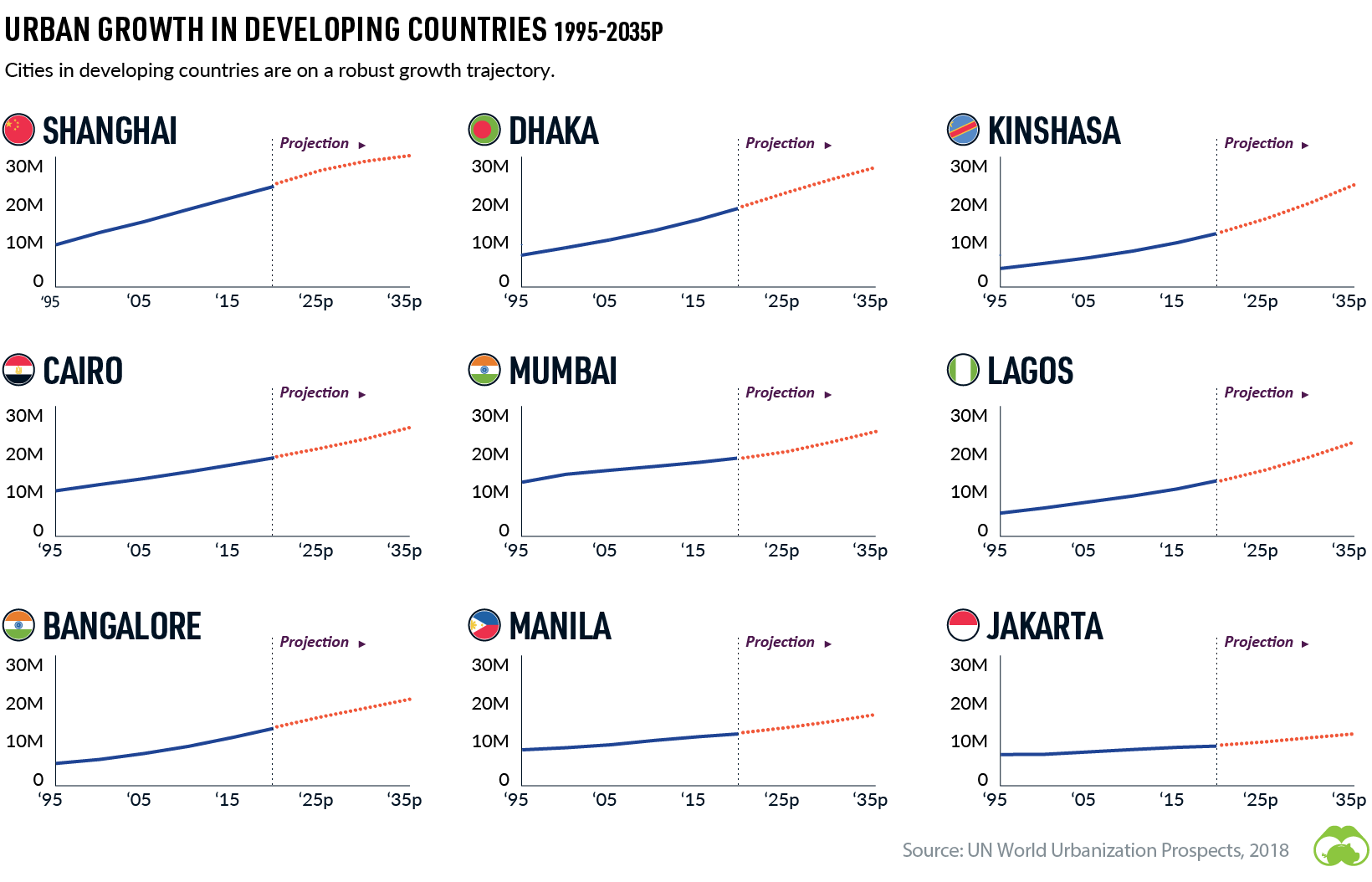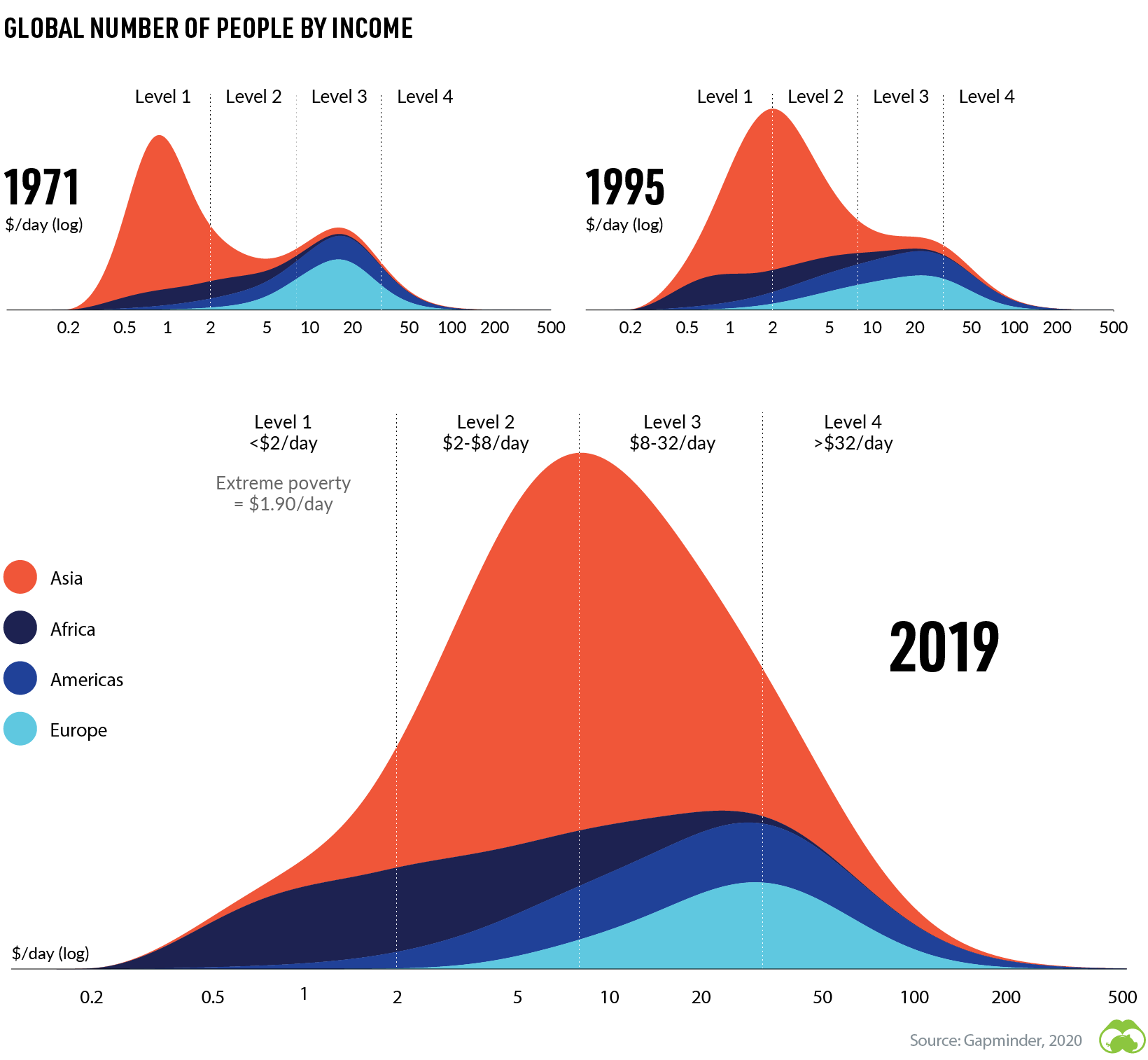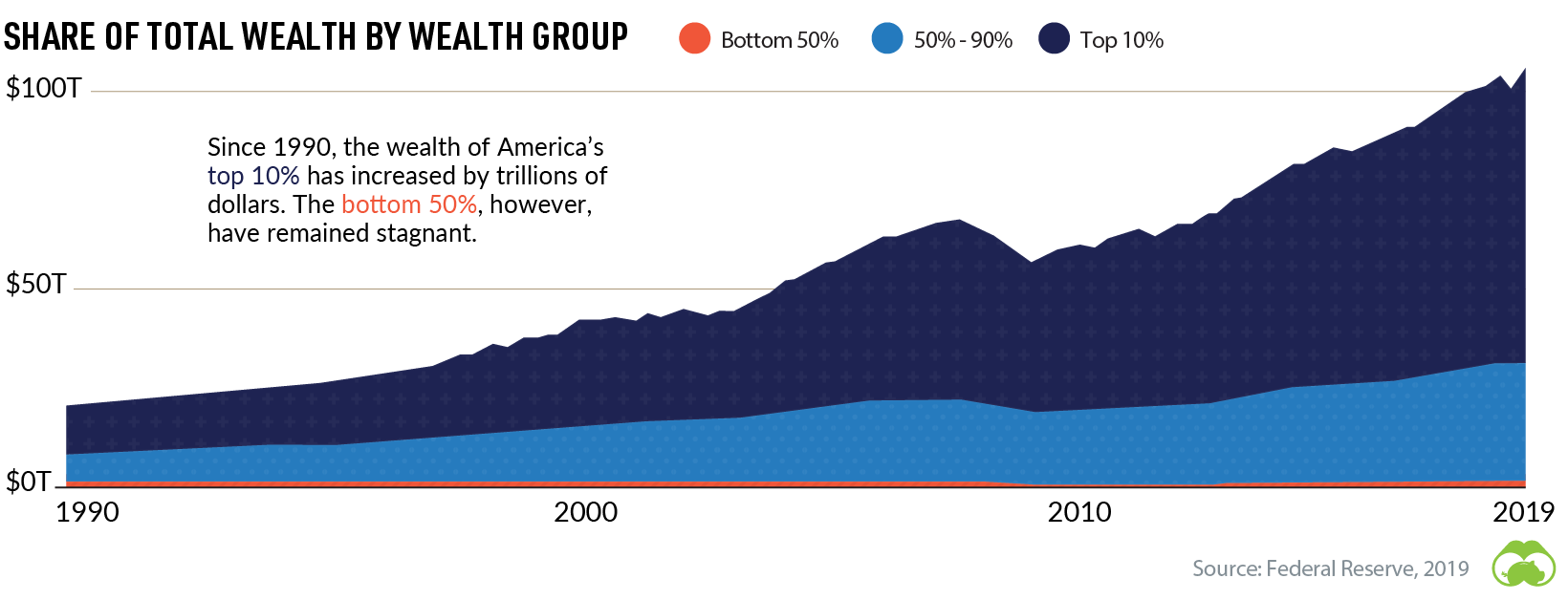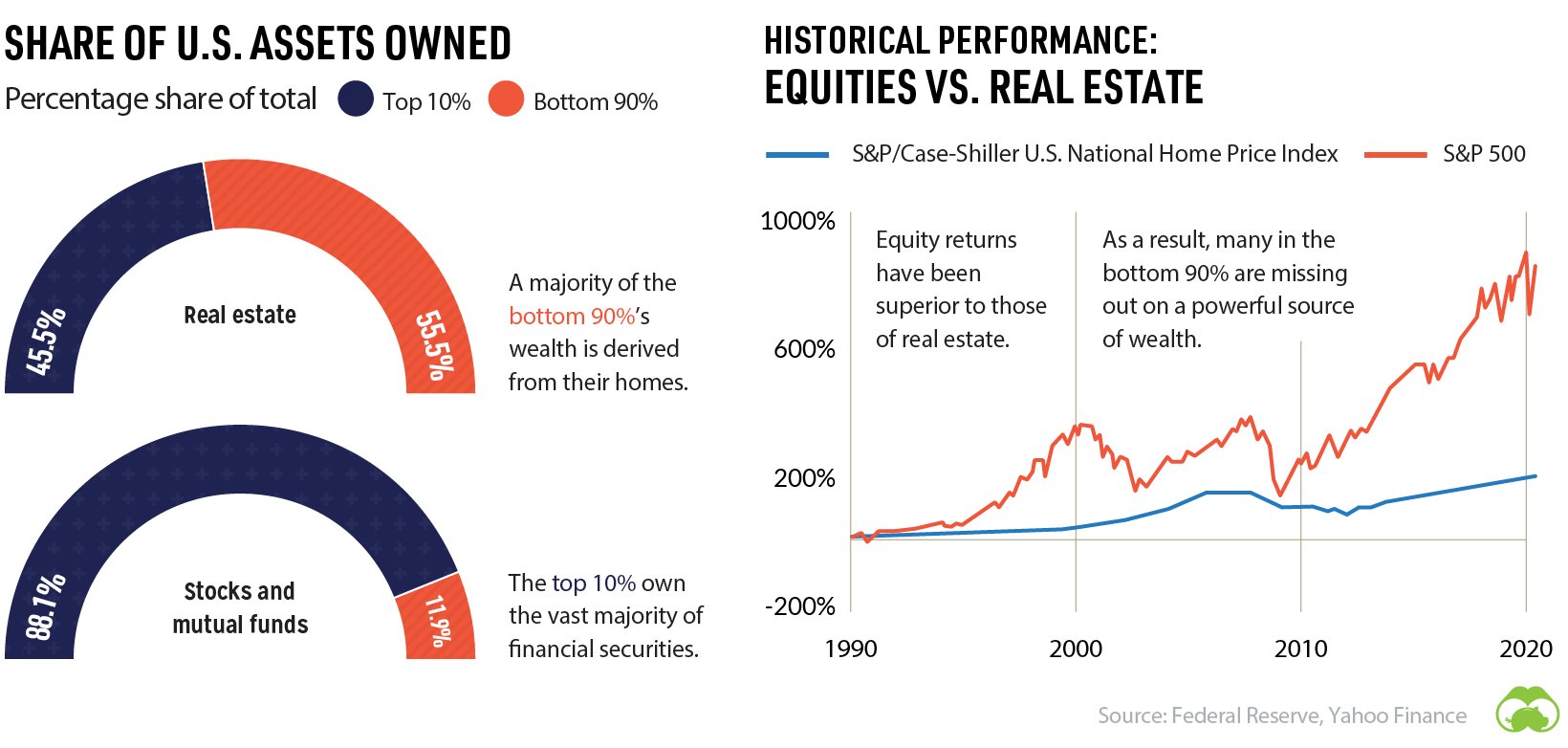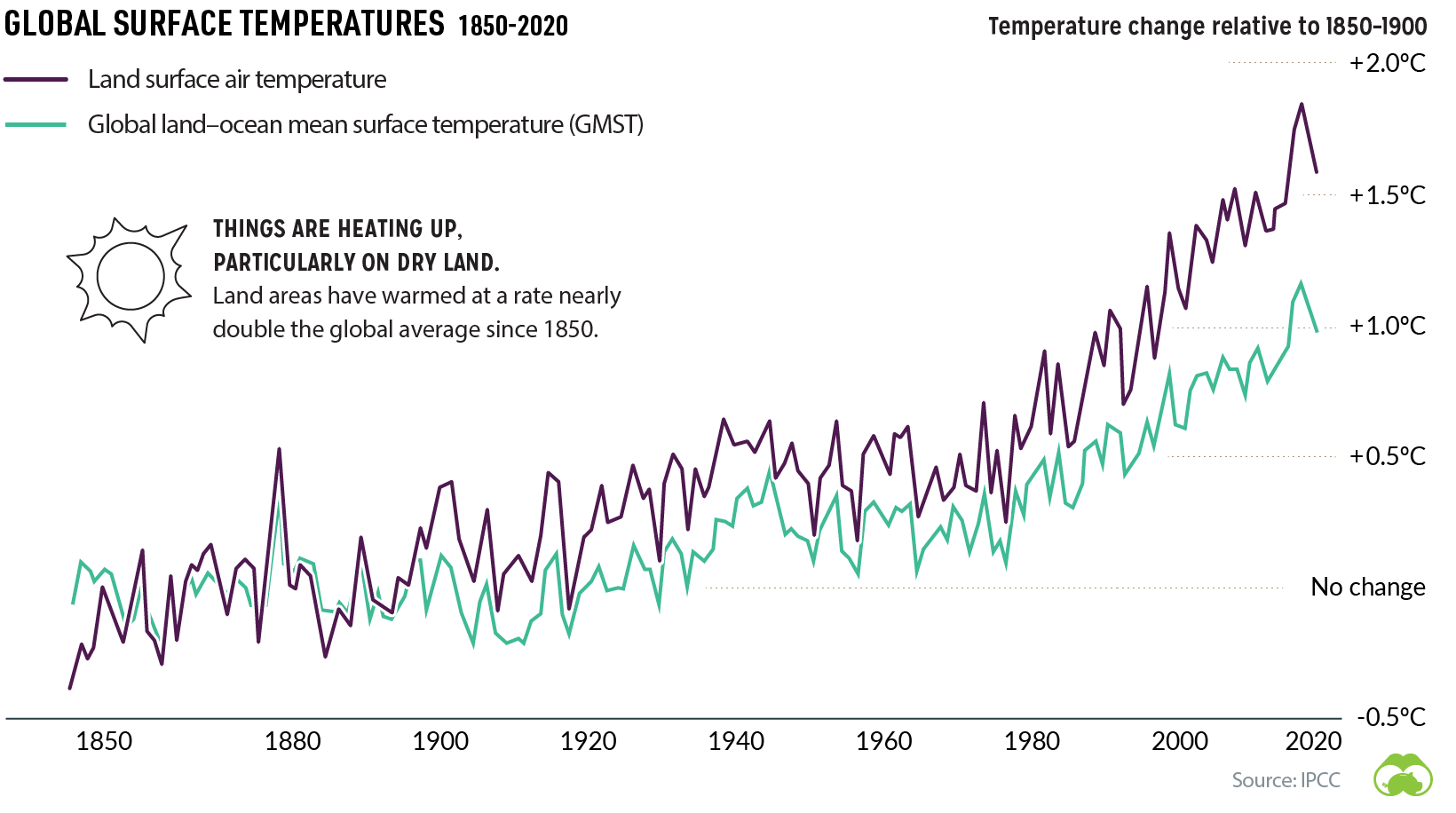
(2208 chữ, 9 phút đọc) Cả khoa học lẫn các bậc thầy giác ngộ đều nhất trí rằng, việc xả cơn giận dữ lên đầu người khác là hành động không thông minh và thiếu nhận biết của con người, nhưng họ không hề phủ nhận trạng thái tiêu cực luôn hiện diện trong cuộc…
Hãy ngừng thanh tẩy cuộc đời bạn bằng cách trút giận lên thế giới — Triết Học Đường Phố 2.0
Hãy đặt một mình vào trong ví dụ sau đây. Bạn kẹt xe vào 8 giờ sáng trong tình trạng thiếu ngủ, chưa có gì bỏ vào bụng và liên tục bị tra tấn bởi tiếng còi xe giục giã phía sau. Tiếp theo một tay mặt hầm hầm sát khí áp sát trực diện và hỏi thăm bạn bằng mấy lời khó nghe:
“Sao mày lái xe như thằng đần vậy?”
Bạn sẽ có 2 phương án, một là “bơ đi mà sống” hai là “Này anh trai, ông không chỉ đần độn mà khuôn mặt còn hao hao con khỉ đột đấy.”
Tất nhiên khi đọc bài viết này, đa số chúng ta thiên về lựa chọn nhã nhặn đầu tiên, còn thực tế thì nhiều khả năng sẽ là phương án hai. Thế là bùng nổ một sự giận dữ đi kèm những lời lăng mạ nhau giữa đôi bên.
Dù phim ảnh và cuộc sống thực được ngăn cách bởi sự phi thực tế do kỹ xảo điện ảnh tạo nên, nhưng một điều mà chúng ta chứng kiến trong phim lẫn ngoài đời đều rất giống nhau đó là: Hãy xả hết mọi nỗi bực tức và ức chế trong lòng ra ngay lập tức.
Văn hoá, truyền thông, thậm chí cả sách vở và bây giờ là cách chúng ta tương tác trên internet cũng cổ vũ sự tiêu cực mà mình gọi là tra tấn tâm lý người khác bằng cách viết hay đăng tải các nội dung xúc phạm, công kích và phát tán những thông tin rác để trút xả cơn giận của cá nhân.
Có không ít người trong chúng ta coi đấy là cách hiệu quả để giảm stress, để cân bằng lại cảm xúc và để loan báo cho cả thế giới này biết mình là nạn nhân của bất cứ ai trong xã hội, trong các mối quan hệ gây ra cho mình. Tuy nhiên chúng ta đã quên mất rằng, khi phát tán những sự tiêu cực ấy vào thế giới thật hay thế giới mạng cũng không thể triệt tiêu được vấn đề, mà thực ra, nó có thể khiến mọi việc tồi tệ hơn thông qua hành vi ích kỷ ấy cả trong hiện tại lẫn tương lai của chúng ta. Qua thời gian, xả giận sẽ làm tăng những hành vi hung hăng. Điều này không được rút tỉa từ kinh sách, hay cuốn đạo đức công dân mà đã chứng minh bằng tâm lý học hành vi, nơi nhiều chuyên gia tin vào sự hoạt động và đưa ra quyết định của tâm trí và hành vi con người sau những thí nghiệm thực tiễn chứ không phải thông qua tôn giáo hay đạo đức học.
Ngồi yên 2 phút hiệu quả hơn là đấm bao cát khi tức giận
Vào những năm 90, nhà tâm lý học Bushman thực hiện một nghiên cứu kỹ lưỡng dựa trên 180 sinh viên để xem xem việc xả giận có thực sự hữu hiệu hay không.
Bushman đã theo đuổi nghiên cứu này trong một thời gian dài, và các thí nghiệm đều cho kết quả giống nhau. Nếu bạn nghĩ rằng việc thanh tẩy và xả giận là tốt, bạn sẽ có xu hướng làm những việc bạo lực khi giận dữ. Kể cả sau khi xả giận, bạn vẫn cảm thấy giận dữ và càng dễ tiếp tục thực hiện những hành vi hung hãn.
Nhóm thứ nhất đọc những bài viết trung tính. Nhóm thứ hai đọc những nghiên cứu giả chứng minh rằng xả giận là hiệu quả. Nhóm cuối cùng thì được đọc rằng xả giận chẳng có nghĩa lý gì. Sau đó Bushman yêu cầu các sinh viên phải viết bài luận về việc ủng hộ hay phản đối việc phá thai, một vấn đề nhạy cảm, có khả năng gây cảm xúc mạnh. Ông phổ biến rằng bài luận của họ sẽ được chấm chéo, nhưng thực chất thì không phải vậy. Một nửa số bài sẽ được chấm điểm rất cao, nửa còn lại sẽ có dòng viết: “Đây là bài luận tệ nhất mà tôi từng đọc!”
Sau đó Bushman cho phép các sinh viên tham gia lựa chọn một trong số các hoạt động như chơi điện tử, xem phim hài, đọc một mẩu chuyện, hoặc đấm bao cát.
Kết quả là những người bị chọc giận bởi cách chấm bài thuộc nhóm được phổ biến rằng xả giận là một hành động hiệu quả có xu hướng lựa chọn việc đấm bao cát cao hơn rất nhiều so với những người cũng bị chọc giận ở những nhóm khác.
Bushman tiếp tục một thí nghiệm khác để chứng minh việc xả giận rút cuộc chỉ đem tới sự tồi tệ thông qua một trò chơi giữa các sinh viên và người chấm điểm bài luận của họ.
Nhóm thứ nhất được cho xả giận bằng cách đấm bao cát, trong khi nhóm thứ hai thì chỉ ngồi yên một chỗ trong 2 phút. Trò chơi vô cùng đơn giản: bấm nút càng nhanh càng tốt. Nếu chậm tay hơn, bạn sẽ phải bị tiếng còi rất to dội thẳng vào mặt. còn nếu thắng thì đối thủ của bạn sẽ bị thổi còi. Ngoài ra bạn còn được phép chọn mức âm lượng cho tiếng còi sẽ dội vào mặt đối thủ trong khoảng từ 0 tới 10, mức 10 tương đương với 105 decibel.
Kết quả nhóm được đấm bao cát để xả giận đã chọn mức âm lượng 8,5 để trả thù những người chấm bài cho họ, trong khi nhóm ngồi chờ chỉ đặt ở mức trung bình là 2,47.
Trong một thí nghiệm tương tự được thực hiện sau này cho phép những người tham gia lựa chọn lượng tương ớt cho lên thức ăn dành cho người đã làm họ giận, nhóm đấm bao cát đã đổ một đống ớt trong khi những người ngồi chờ thì không làm vậy
“Nó như là thuốc phiện vậy, bởi vì nó là hệ quả của những chất dẫn truyền thần kinh cùng với những tác nhân củng cố hành vi. Nếu bạn đã quen với việc trút giận, bạn sẽ trở nên phụ thuộc vào nó. Bởi vậy cách tiếp cận hiệu quả hơn đơn giản là hãy dừng lại. Hãy nhấc bỏ cơn giận của bạn ra xa bếp lửa.” Bushman kết luận.
Nhưng khoa học và tâm lý học cũng thừa nhận việc xả giận ngay tức khắc bất chấp hậu quả thực sự mang tới cảm giác hưng phấn tuyệt vời. Và đó chính là vấn đề. Thanh tẩy cảm xúc bằng cách này sẽ làm bạn cảm thấy tốt, nhưng nó là một vòng tròn luẩn quẩn. Những cảm xúc khiến bạn tìm kiếm sự thanh tẩy qua xả giận vẫn sẽ lưu lại, và nếu sự thanh tẩy khiến bạn cảm thấy tuyệt vời, bạn sẽ tiếp tục tìm tới nó trong tương lai như một con nghiện.
Vậy tại sao việc chấp nhận cơn tức giận và chờ đợi nó đi qua lại có thể hiệu qua hơn là chửi bới hay sử dụng tay chân? Điều này có thể lý giải được, nhưng theo một cách rất trái ngược với bản năng vị kỷ, tối đa hoá lợi ích của chúng ta.
Lòng trắc ẩn sẽ xoá bỏ sự tức giận
Trong tập 7 loạt phim hướng dẫn thiền định có tên Headspace guide to Meditation đang chiếu trên Netflix. Khi ai đó làm chúng ta bực bội, cảm giác đó đem đến sự khó chịu và tức giận cũng như ngay lập tức khiến chúng ta nảy sinh sự kháng cự và công kích để bảo vệ bản thân – Nguyên nhân của sự xả giận thường xuyên suốt ngày.
Dù là cách nào thì cả lựa chọn này đều phá huỷ sự bình yên nội tại, đồng thời gây đau đớn cho thể xác của chúng ta, và cho các mối quan hệ xung quanh. Để chấm dứt các chuỗi hành động tiêu cực này thì các kỹ thuật thiền định được sử dụng nhằm mục đích giúp bạn nhận ra rằng : BẠN SẼ HẠNH PHÚC KHI TẬP TRUNG VÀO SỰ HẠNH PHÚC CỦA NGƯỜI KHÁC, bằng cách để những cảm xúc tức giận trôi qua một cách tự nhiên như nó đến.
Điều này dường như bất hợp lý, phản trực giác cũng chính chúng ta cũng cảm thấy không công bằng với bản thân. Nhưng khi chúng ta tập trung vào chính mình, vào hạnh phúc của bản thân thì tâm trí có xu hướng thu nhỏ lại đúng kích thước của sự vị kỷ mang tính cá nhân. Đồng thời thế giới quan cũng thu hẹp lại khi chúng ta chỉ nhìn vào chính mình. Và như chúng ta đã biết, mọi khổ đau và hệ quả trong cuộc sống này bắt nguồn từ ham muốn cá nhân mà ra.
Khi bạn đổi hướng tập trung, khi hướng ra ngoài, tâm trí sẽ mở rộng và như thế giới quan cũng đi khỏi giới hạn của chính bạn. Từ đây bạn sẽ mở lòng hơn, thấy được và nhìn nhận sự hạnh phúc của những người xung quanh mình hơn bất chấp những năng lượng tiêu cực đang bao trùm xung quanh.
Đây được gọi là lòng trắc ẩn. Khi lòng trắc ẩn được đánh thức và sử dụng trong việc hoá giải sự giận dữ, bạn sẽ không phải níu giữ những cảm giác mình thích và cố chống lại những gì mình không thích mà thế giới đem tới cho bạn, từ tiếng còi xe, tranh cãi với đồng nghiệp hay giận dỗi với vợ hoặc chồng trong những hiểu nhầm nhỏ nhặt. Lòng trắc ẩn là khái niệm làm chúng ta phải lưu ý đặt hạnh phúc của người khác tương đương với hạnh phúc của chính mình, hoặc trước cả niềm hạnh phúc chúng ta xứng đáng được nhận.
Chia sẻ sự khó chịu hay tức giận của tâm trí người khác bằng cách thấu hiểu rồi bỏ qua mà không phát sinh sự tức giận với người khác thực sự đem tới hạnh phúc trong tâm trí chúng ta, dù rằng điều nay nghe phản trực giác và bất hợp lý khi sống trong thời đại với nhịp điệu gấp rút và đầy tính cạnh tranh như bây giờ. Thông qua thiền định, chúng ta sẽ học được cách phát sinh lòng trắc ẩn mà không cần sự miễn cưỡng hay cố gắng nào hết.
Điều này cũng đã được kiểm chứng bởi các nhà khoa học ở Tây Ban Nha, khi họ quyết định tìm hiểu tác dụng của thiền định có ảnh hưởng thế nào tới hành vi hung hăng của một nhóm học sinh trung học. Đây là những học sinh có hơn 5 lần phải đến phòng tư vấn về nhân cách và đạo đức ở trường. Các nhà khoa học đã chia số học sinh này thành 2 nhóm, một nhóm sẽ tập thiền trong mười tuần, nhóm còn lại thì không.
Kết quả là nhóm tập thiền đã giảm đáng kể mức độ hung hăng so với nhóm còn lại. Chứng minh này cũng cho biết thêm, việc thiền định hàng ngày không chỉ tốt trong học tập mà còn cải thiện tâm tính của học sinh với thế giới xung quanh.
Cố gắng đừng bao giờ phát tán sự tức giận của mình ra bên ngoài
Bushman cùng những nhà tâm lý học khác khuyên rằng khi cảm thấy giận dữ, đừng phản ứng tức thời, hãy thả lỏng thư giãn, hoặc tự đánh lạc hướng bản thân bằng các hoạt động hoàn toàn không liên quan và không mang tính bạo lực.
Tất nhiên là việc hạ hỏa hoàn toàn khác với việc trốn tránh cơn giận, mà là biến khoảnh khắc khó chịu ấy thành sự trắc ẩn thông qua những kỹ thuật và thực hành thiền định như các thiền giả hướng dẫn từ hàng nghìn năm qua trước sự xung đột bên trong làm ảnh hưởng trạng thái bình yên nội tại của mỗi người.
Cả khoa học lẫn các bậc thầy giác ngộ đều nhất trí rằng, việc xả cơn giận dữ lên đầu người khác là hành động không thông minh và thiếu nhận biết của con người, nhưng họ không hề phủ nhận trạng thái tiêu cực luôn hiện diện trong cuộc sống này. Thực tế là bạn không thể kiểm soát được nó nhưng bạn có quyền lựa chọn để giải quyết vấn đề khi nó xảy ra.
Đứng trước một tình huống như vậy, chúng ta có sự tự do để lựa chọn cách giải quyết, và cách giải quyết nào cũng có thể đem tới những kết quả khác nhau ảnh hưởng đến tâm trí và cuộc sống của chính chúng ta. Xả giận hay sử dụng lòng trắc ẩn để thay đổi thực tại là tuỳ lựa chọn ở bạn.
*Bài viết có trích dẫn kết quả trong cuốn “Bạn không thông minh lắm đâu” và phim Headspace guide to Meditation.
Tác giả: Đức Nhân
















